What causes heel spurs?
It is often excessive load or stretching that is responsible for inflammation of the plantar fascia. The following situations can cause the appearance of heel spurs:
- Intensive sports practice, in particular: running or jogging, jumping, team sports, skiing, tennis, aerobic dance, and training on a stair simulator
- Prolonged walking or standing on hard surfaces
- Foot morphology (such as high arches or flat feet)
- The “plantar cushion,” that is, the soft part under our foot that serves as a shock absorber, thins with age. This pathology is frequently found in 40-60-year-olds.
- Wearing certain shoes that provide poor arch and heel support. This is particularly the case for shoes with soles or heels that are too hard, as well as those with counters that are too soft and do not sufficiently stabilize the heels when walking or standing.
- Obesity and overweight
- Osteoarthritis and “Rheumatoid Polyarthritis” are due to the inflammatory phenomena created.
What are the first signs of this pathology?
People with heel spurs sometimes describe this pain as a sharp, hot sensation in the heel. The pain usually begins first thing in the morning when standing up. The pain tends to lessen or even disappear after a while of walking and activity. However, it often returns in a sharp, sharp manner as soon as walking or activity is resumed after a while of rest.
This pain:
- may be along the inner edge
- go up on the internal face of the calcaneus by 1 cm or even 2 cm
- can be felt in the inner plantar and/or mid-heel
Relieve heel spur pain
To relieve heel spur pain, ice is your ally. Apply an ice pack to relieve inflammation for 5 to 15 minutes. Avoid applying the pack directly to the skin! Position yourself so that your feet are higher than your body. The best time to apply ice is at the end of the day or after physical activity.
How will the doctor diagnose a heel spur?
Diagnosis is primarily clinical, hence the need to consult your doctor if you experience disabling heel pain that does not go away. Upon examination, applying strong pressure with your thumb to the center of the heel will trigger the pain. Pain elicited by applying strong pressure with your finger along the entire inner edge of the fascia with the foot in dorsiflexion confirms the presence of associated inflammation.
Although a visible heel spur on an X-ray confirms the diagnosis, a normal X-ray will not rule out a heel spur in its early stages. Rarely, heel spurs are blurred and simply show a fuzzy bone deformity, which can point to other inflammatory problems such as ankylosing spondylitis, rheumatoid arthritis, or gout.
However, these joint inflammatory diagnoses can usually be distinguished from local causes of heel pain by the presence of more or less marked local warmth and swelling.
How to prevent heel spurs?
First, some preventative measures are in order. The following tips will help prevent the onset of plantar fasciitis (inflammation) and its recurrence, as well as the heel spur that can be associated with it:
- Wear appropriate footwear for your sport. Wear shoes that provide good arch support and shock absorption, depending on the type of work or physical activity.
- Regularly perform flexibility exercises for the Achilles tendon, as well as the calf and foot muscles.
- Do stretching and warm-up exercises before any physical activity, even if it is even slightly demanding and prolonged.
- Gradually increase distances when jogging
- Avoid running for long periods on sloping terrain, hard (asphalt) or uneven surfaces. If possible, prefer dirt paths!
- Respect your need for rest
- Replace your shoes at the first sign of wear. Running shoes, on the other hand, need to be replaced because the cushioning wears out.
- Avoid standing for too long, especially if wearing shoes with hard soles.
Can this pathology be cured?
Yes! Treatments almost always produce good results, but it can take several months to achieve complete healing. Your doctor (podiatrist, physiotherapist, etc.) will likely recommend exercises to promote healing and prevent further inflammation.
Sitting exercises
- Place a tissue on the floor, then grasp it with your toes. Do this several times.
- Place a bottle or a tennis ball under the arch of the foot. Once the pain has subsided, roll a golf ball directly under the heel.
- Place a towel under your foot as if holding it in a sling, then extend your leg while holding the towel firmly. Pull the towel to bring your foot towards you, then release.
Standing exercises
Stand facing a wall about 60 cm away. Place your palms against the wall. Then do the following two exercises, one after the other and several times:
- While bending your left leg forward, slide your right foot back, keeping it completely on the floor without lifting your heel. Hold this position for 30 to 60 seconds. Then, alternate with the other foot.
- Bend your knee so that it is aligned with your toes to stretch your Achilles tendon. Hold this position for 30 to 60 seconds.




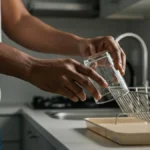




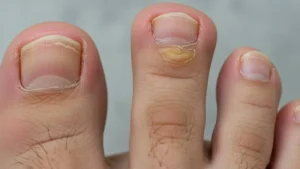

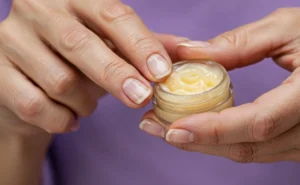
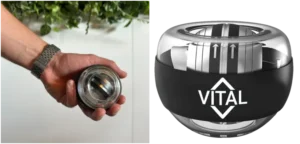



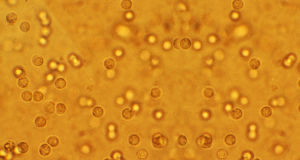
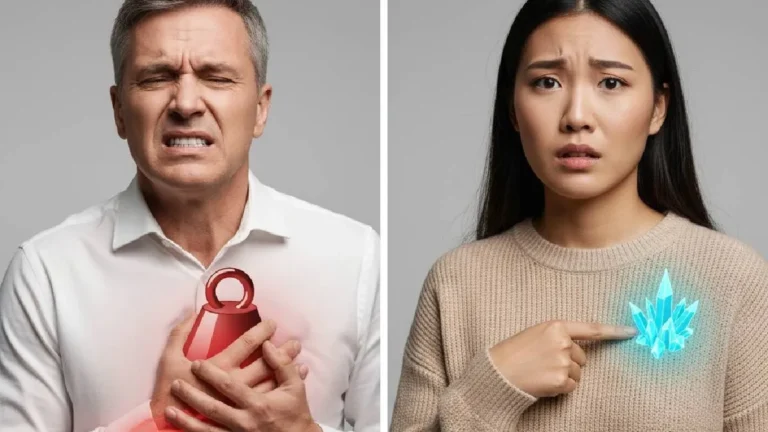
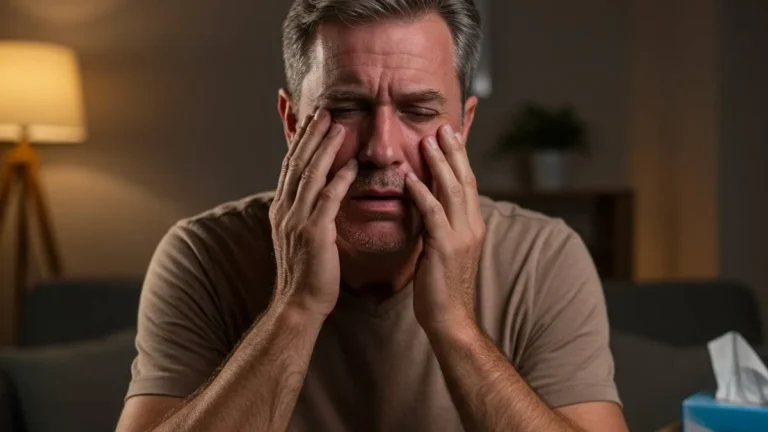
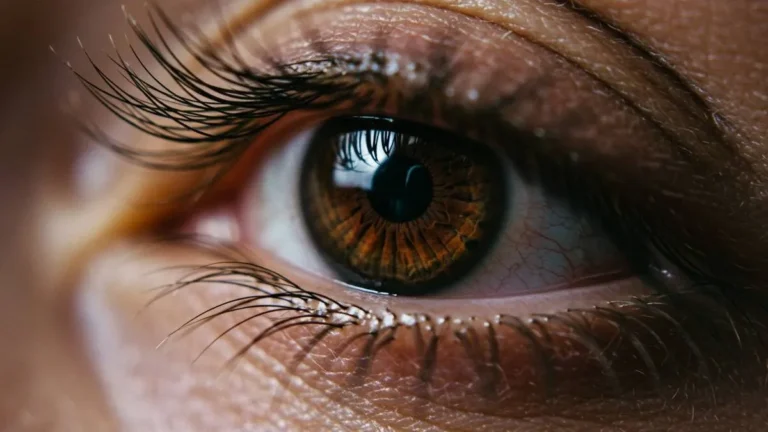



+ There are no comments
Add yours